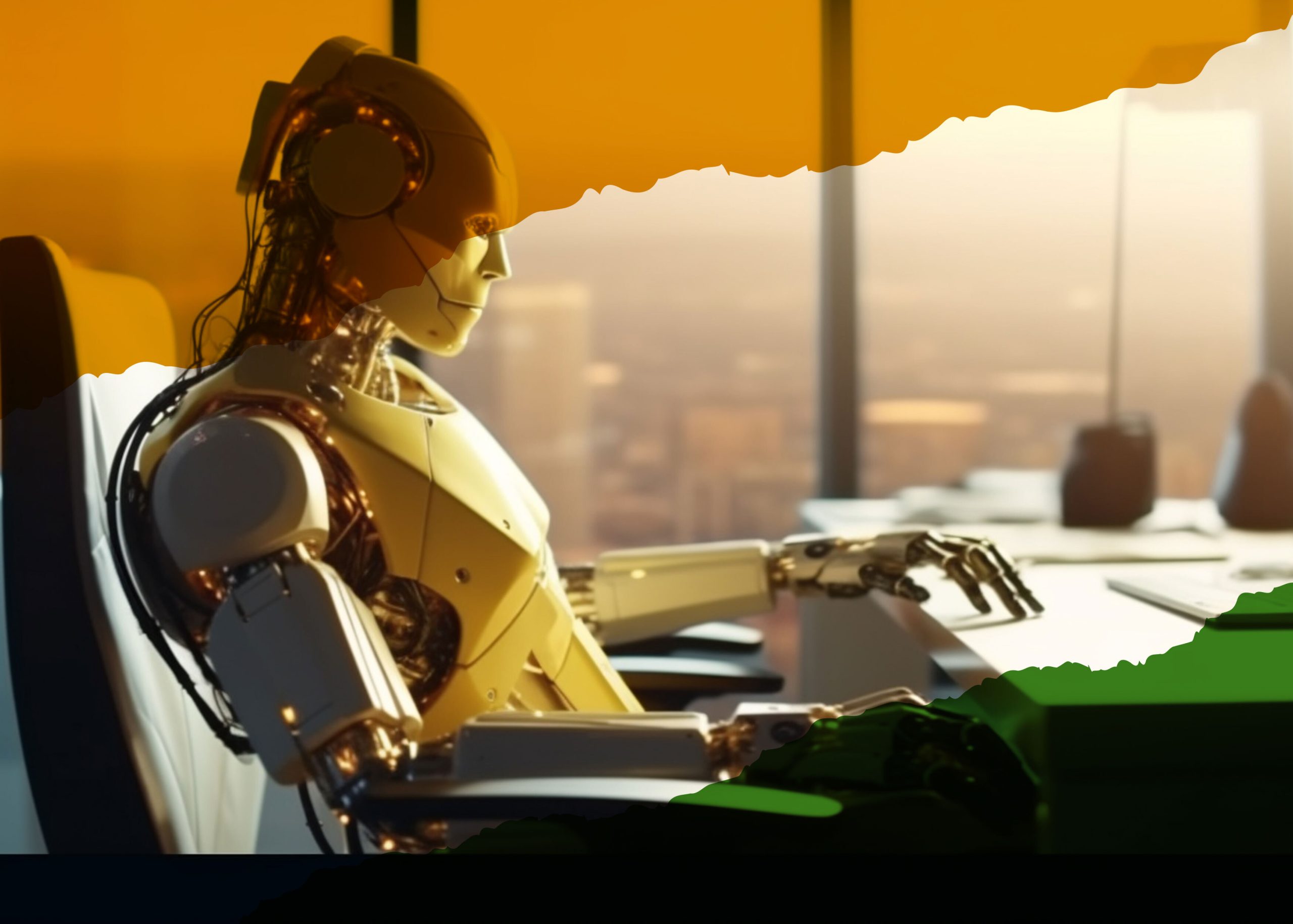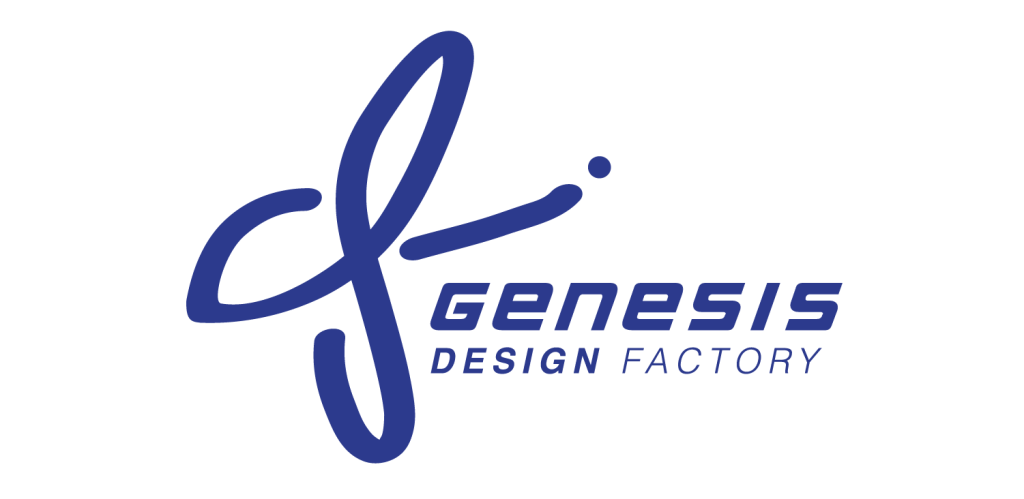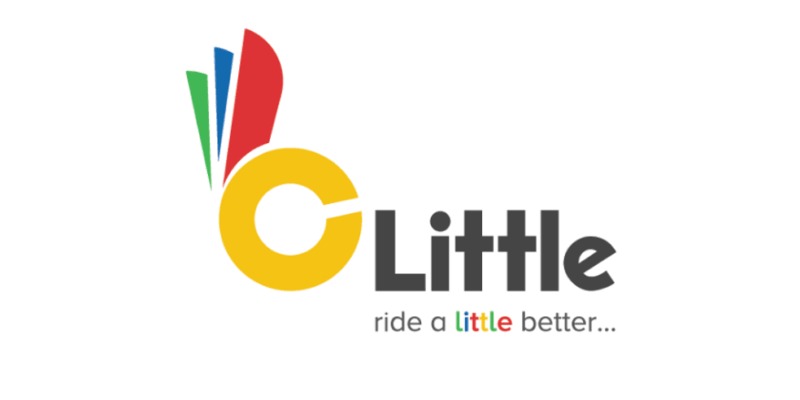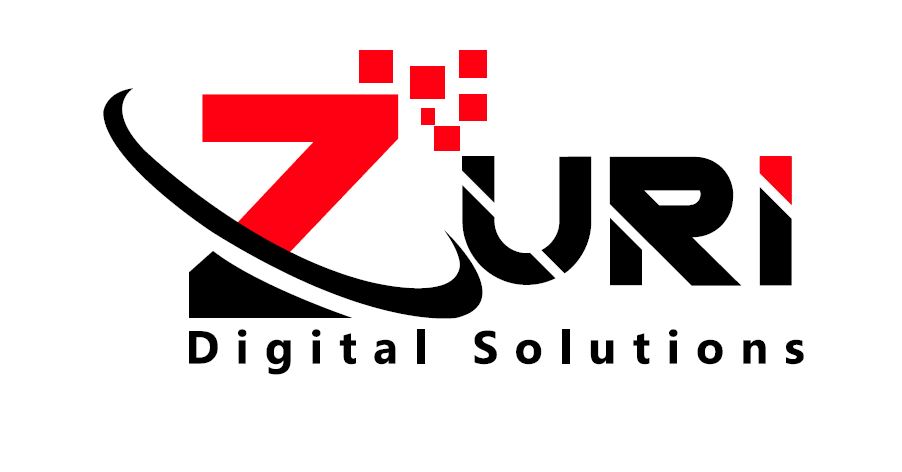How AI Is Changing The Workplace As We Know It
Artificial Intelligence, or AI, is changing life. From AI-powered assistants like Alexa and Siri to facial recognition, there is no doubt that AI is here to stay and could shape the future. The AI market may reach a market size of $407 billion by 2027. In addition, AI is likely to contribute to economic growth.
The workplace is already changing thanks to AI integration. Employees and business owners are recognizing the impact AI could have on business processes. Companies are adopting AI in various aspects, including customer engagement, employee administration, and data management. Studies show that more than 60% of business owners believe AI will increase productivity.
Explore the interesting facts of AI transforming the workplace below to develop deeper insight into how employers and employees can integrate AI for the better. But first, an answer to a fundamental question.
What Exactly Is AI?
AI simply is computer software that mimics aspects of human intelligence using software-coded networks. AI can rationalize and take actions that best lead to achieving a set goal. Machine learning is, therefore, a fundamental concept of AI, which states that computer programs can automatically learn and adapt to new data without human intervention. For example, cleaning robots first move around, bumping into things to map out the most efficient cleaning routes free from obstacles.
There are endless applications for artificial intelligence. Something as simple as computers that play chess is an everyday example. Other notable examples include self-driving cars, smart assistants, manufacturing robots, chatbots, and fraud detectors. Below you will find examples in the workplace.
AI’s Role in Automation
Automation is a key aspect of growth in industries; AI improves it. More business owners recognize the benefit of AI-backed automation in reducing downtime and improving efficiency.
For example, businesses use AI-powered bots for rule-based tasks with repetitive characteristics, such as data entry and payroll management. It helps organizations automate mundane tasks, thus allowing workers to focus on creative and strategic duties.
Similarly, businesses use AI chatbots to provide customer support when employees clock out. In addition, AI can streamline recruitment by scanning resumes and helping HR manage employee onboarding and performance evaluations.
AI-Driven Decision Making
AI-driven decision-making can transform the way businesses make operational and strategic decisions. Companies can use AI to analyze data and provide insight to support decision-making.
For example, managers can feed AI software company sales history to help identify trends such as months with the lowest or highest sales. With this information, managers can implement strategies to maximize sales during high demand and increase marketing efforts during low seasons.
Similarly, AI can determine the most efficient production schedules, and managers can use the information to adjust employee schedules for maximum efficiency with minimal effort.
AI’s Influence on Job Roles and Skills
As AI technologies advance, they impact the jobs available, the skills needed to perform the tasks, and the nature of work.
For starters, AI has created new opportunities as employers require people with skills in AI development, engineering, data analysis, and strategy consulting. These skills are in high demand as businesses incorporate AI into work processes. Companies are even investing in training programs that equip employees with AI-related skills.
AI collaboration is becoming more prevalent, especially for administrative tasks. For example, more HR personnel are using AI to do mundane tasks such as data entry, thus saving time. HR also uses AI to refine processes such as payroll, ensuring employees are paid on time and in correct amounts after deductions, commissions, and benefits.
It is also worth noting that the rise of AI has, in turn, increased the demand for soft skills such as creativity, emotional intelligence, adaptability, and problem-solving. These qualities set humans apart and give the company value that AI cannot replicate.
AI and Employee Well-being
AI and employee well-being is a topic of concern among many. There is a notable division in the attitudes toward AI among employees. Therefore it is safe to say that AI has positive and negative impacts on employee well-being.
Some employees fear that AI incorporation may lead to job displacement leading to stress and uncertainty about their future in the organization. The fear of losing jobs due to AI taking over tasks and exhibiting bias that could lead to life-changing decisions (such as determining ideal job candidates) affects overall well-being, resulting in lower productivity and efficiency.
On the other hand, AI frees employees from repetitive tasks, reducing boredom, and the chances of burnout, thus increasing job satisfaction. Similarly, AI collaboration means better workload allocation, which could reduce pressure on employees.
In addition, AI automation and optimization can streamline workflow and help employees complete tasks on time, thus promoting better work-life balance.
It is up to employers to maximize the positive impacts of AI on employee well-being. Managers and team leaders can start by involving employees in the AI adoption process to address their concerns and ensure a smooth transition.
In addition, managers can support mental-health well-being by setting up stress management programs and counseling. Also, encouraging a balance between AI-driven automation and human interaction can help foster a collaborative environment.
Preparing for the AI-Driven Future
There are intentional actions employees and company leaders can take to ensure they succeed in the AI-driven future. They include:
- Adopting a growth mindset. It is time to drop preconceived notions about how the industry and business work. Embracing learning and growing is more rewarding as it ensures the company is not left behind and thus can still compete in the market. Employers should provide training programs focusing on AI and encourage employees to participate. In turn, employees should take every opportunity to learn about AI and develop related skills.
- Leverage human skills. Connecting with others takes practice, but humans do it better than AI. The same applies to problem-solving and generating new ideas. Therefore employees should leverage human skills to stand out in the sea of AI-generated ideas, responses, and conversations.
Final Thoughts on AI and the Workplace
AI is revolutionizing the workplace, presenting challenges and opportunities. As AI integration becomes more prevalent, organizations must adapt to the changing landscape to thrive in the AI-driven future. The journey to an AI-powered workplace requires collaboration, open-mindedness, and a commitment to using AI for positive change. Stay tuned to Workpay’s insightful posts on the ever-changing dynamics of the workplace as AI shapes the future.

























